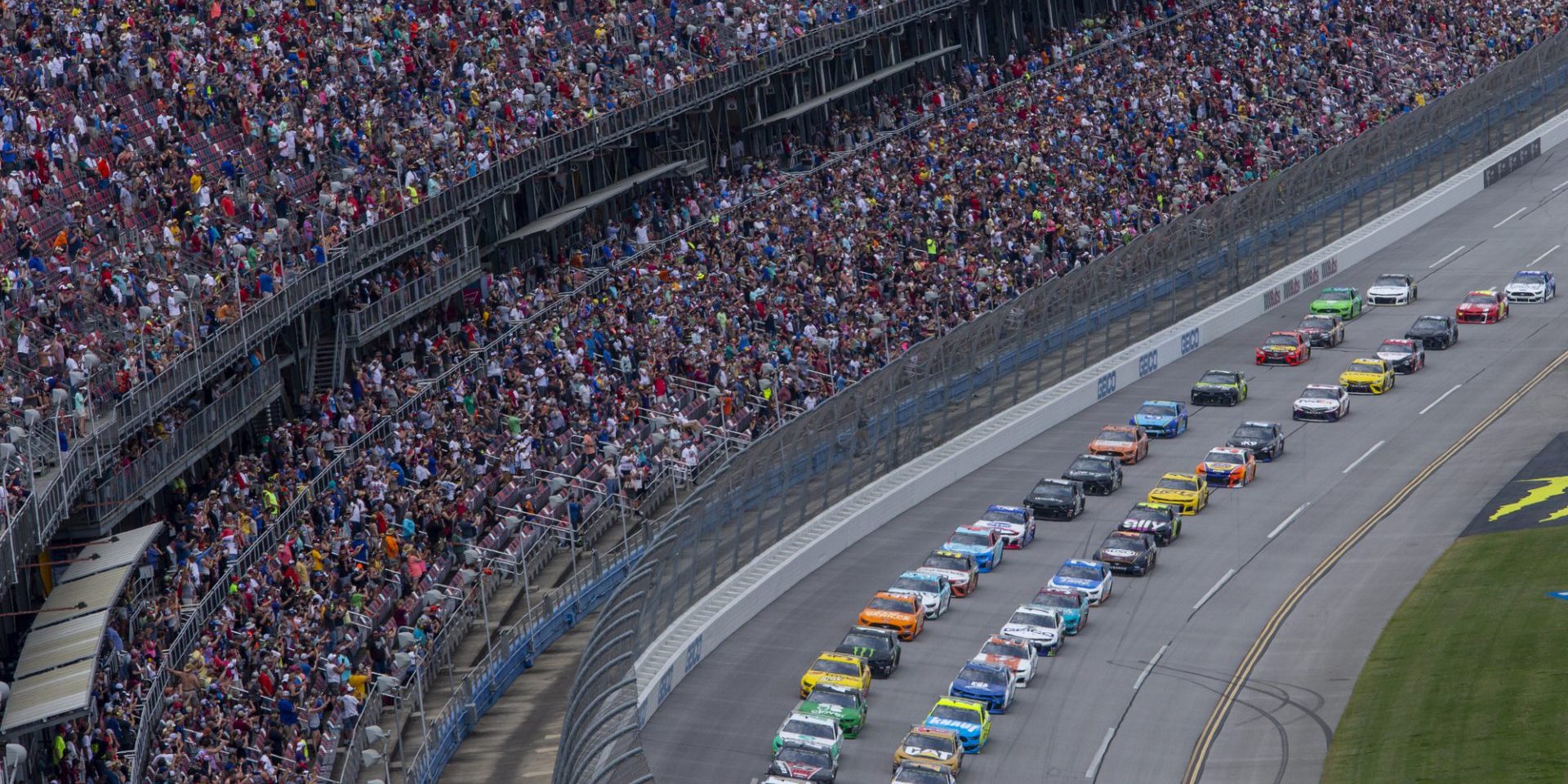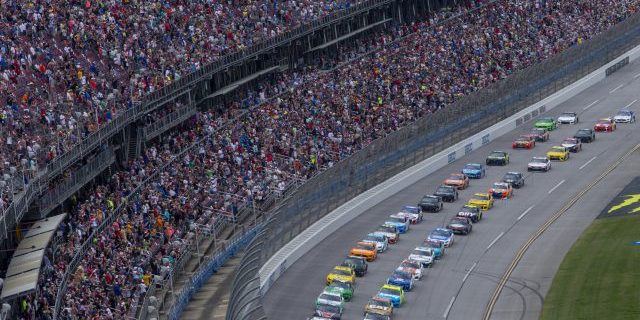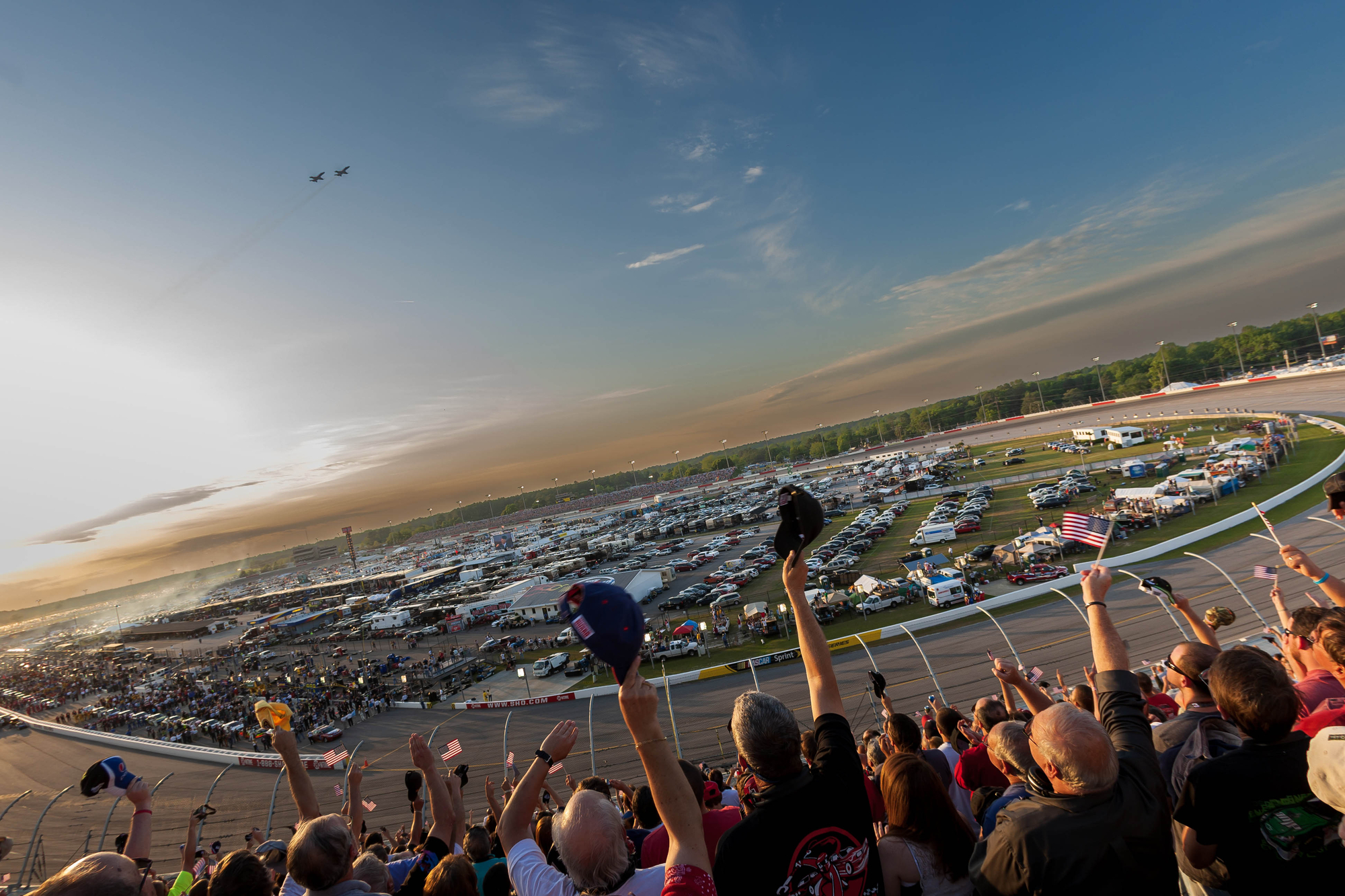NASCAR Announces In-Season Tournament For 2025


NASCAR is set to introduce a groundbreaking in-season tournament in the 2025 Cup Series, blending traditional racing with a dynamic bracket-style competition that promises to heighten the mid-season excitement. This innovative format, announced by NASCAR today, marks a significant evolution in the sport’s competitive calendar and aims to enhance fan engagement across various platforms.
The tournament will be integrated into the NASCAR Cup Series’ existing schedule, featuring a head-to-head knockout-style event spanning five races. These races are part of a new collaboration with TNT Sports and will be highlighted during the network’s coverage. The launch aligns with NASCAR’s new media rights partnerships, particularly with TNT Sports and Prime Video, which will share the coverage of midseason races starting in 2025.
Table of Contents
Tournament Details and Structure
All registered drivers will have a chance to qualify for the tournament during the last three races of Prime Video’s coverage. The top 32 drivers based on their performances in these races will be seeded into a tournament bracket. The competition format will see drivers go head-to-head, with the winner of each match-up advancing to the next round, culminating in a grand finale where the tournament champion will be crowned.
The seeding for the tournament will be determined by the drivers’ best finishes in the qualifying races, with tiebreakers decided by subsequent best finishes and overall season points standings. This format ensures that every race leading up to the tournament influences the competition, keeping the stakes high throughout the season.
Broadcasting and Fan Engagement
The tournament will be broadcast live on TNT and will also feature comprehensive digital coverage across Bleacher Report and House of Highlights, enhancing the interaction with NASCAR’s diverse fan base. Brian Herbst, NASCAR’s Senior Vice President of Media and Productions, highlighted the potential of this new format to innovate how the sport is presented to fans. “The idea of an in-season tournament has been discussed within the NASCAR industry, and as we started to focus on adding promotional elements that drive interest throughout the season, we were excited by the opportunity.”
“Having head-to-head driver matchups for each one of TNT’s NASCAR Cup Series races will add a compelling fan engagement element across media platforms like TNT, Bleacher Report, House of Highlights, and NASCAR digital platforms,” said Herbst.
Craig Barry, Executive Vice President and Chief Content Officer at TNT Sports, shared his enthusiasm for the project, noting that the tournament format fits perfectly with TNT’s tradition of creativity and innovation in sports broadcasting. “It’s never been a better time to be a fan of motorsports, and this new first-ever in-season tournament will bring a new competitive dynamic to NASCAR’s summer race weekends. TNT Sports has always been at the forefront of creativity and innovation, and NASCAR is a perfect partner to bring this vision to life across our networks and platforms.” Barry commented.
Partnership with Prime Video
In addition to the tournament, the partnership with Prime Video brings another layer of innovation to NASCAR broadcasting. Prime Video will handle the streaming of practice and qualifying sessions for the first half of the season, including exclusive coverage of several pivotal races. Charlie Neiman, Head of Sports Partnerships at Prime Video, expressed excitement about this collaboration, which is set to showcase NASCAR’s commitment to adopting new technologies and formats to engage with its audience. “We’re excited to be part of NASCAR’s first in-season tournament next season. This tournament will showcase the league’s ability to drive innovation and engage fans with increased competition during a key part of the NASCAR schedule,” Neiman concluded.
As the 2025 NASCAR Cup Series approaches, these developments promise to transform the racing landscape, offering fans a more interactive and immersive experience. The combination of strategic media partnerships and innovative competition formats like the in-season tournament is poised to elevate the excitement of NASCAR racing and bring it to a broader audience than ever before.










